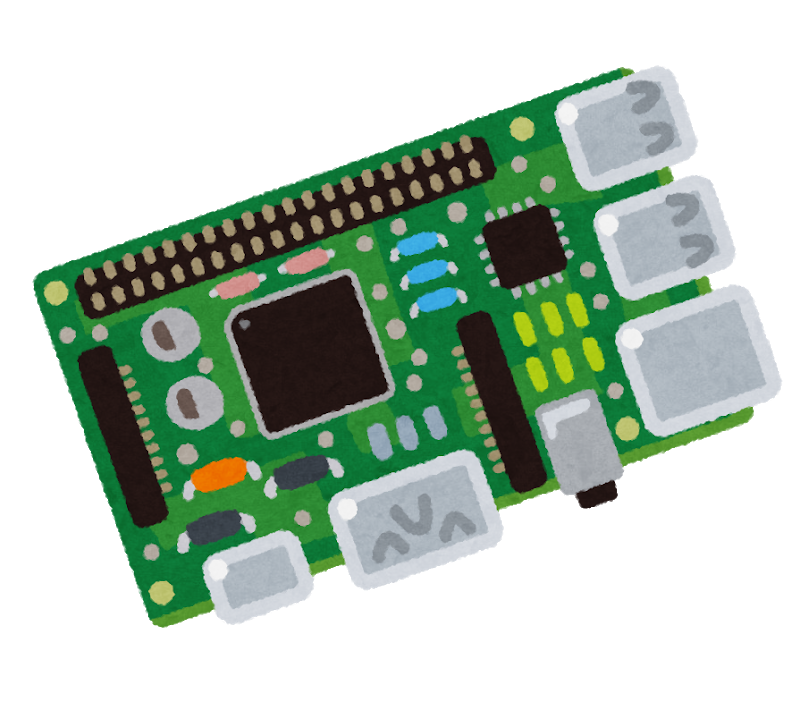

The most similar all-permeating changes I could think of would be the surveillance (“targeted”) advertising that slowly took over most of the web. Just like the AI craze, users did not get a choice of whether it is enabled, but unlike AI, it mostly happened behind the scenes.











There’s FrogFind, search engine + converter/proxy for old machines. Runs via non-secure HTTP of course, which was standard in 1999.
Some sites have simple variants, such as
https://text.npr.org/
https://retro.hackaday.com/
https://lite.duckduckgo.com/lite/